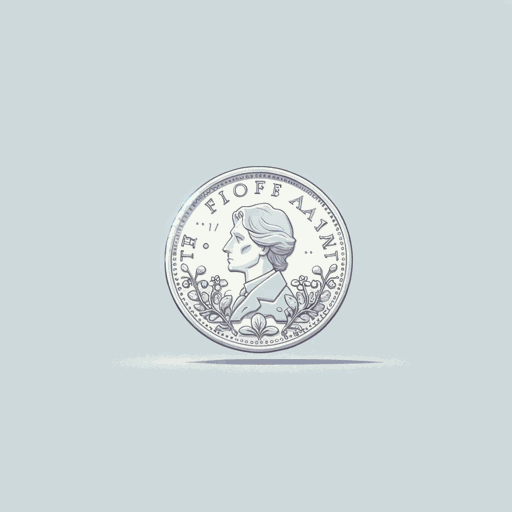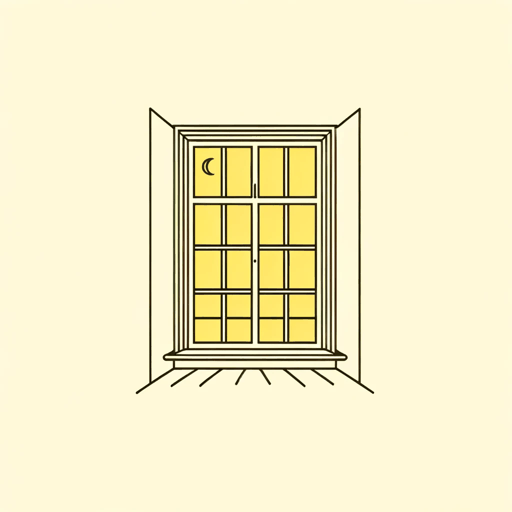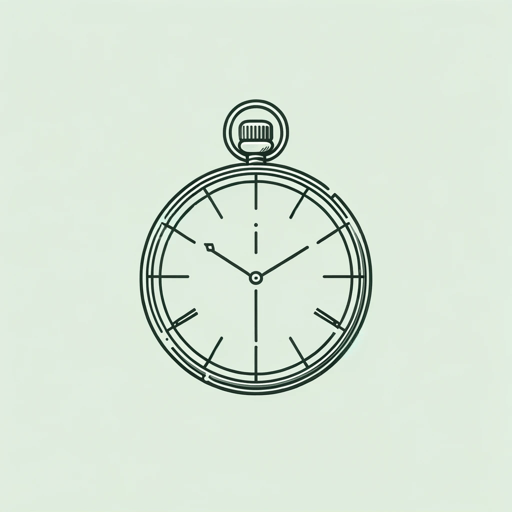29 pages • 58 minutes read
James JoyceIvy Day in the Committee Room
Fiction | Short Story | Adult | Published in 1914A modern alternative to SparkNotes and CliffsNotes, SuperSummary offers high-quality Study Guides with detailed chapter summaries and analysis of major themes, characters, and more.
Story Analysis
Analysis: “Ivy Day in the Committee Room”
James Joyce’s short story “Ivy Day in the Committee Room” critiques the Irish political situation of 1902 as a means to explore the role of the Irish political class in the growing political and social crisis at that time. It is a cynical study in political apathy, moral torpidity, and disillusionment, and a warning against cultural and political nostalgia as a barrier to real change.
As a vignette, the story is notable for its lack of action or plot. Instead, it is a static scene that details the dialogue within the Committee Room as members enter. As such, its subject is the nature and purpose of this dialogue, and the role of political discourse at the time in Ireland. The story itself is structured almost entirely around dialogue, emphasizing the third-person limited point of view. The narrative gives only occasional phrases of exposition, such as describing Mr. Henchy as a “bustling little man” (94). As such, the narrator shows rather than tells, as if the reader is themselves an observer in the room, obliged to deduce the thoughts and feelings of the characters from their words alone.
Related Titles
By James Joyce

An Encounter
James Joyce

A Painful Case
James Joyce

A Portrait of the Artist as a Young Man
James Joyce

Araby
James Joyce

Clay
James Joyce

Counterparts
James Joyce

Dubliners
James Joyce

Eveline
James Joyce

Finnegans Wake
James Joyce

The Boarding House
James Joyce

The Dead
James Joyce

The Sisters
James Joyce

Two Gallants
James Joyce

Ulysses
James Joyce

